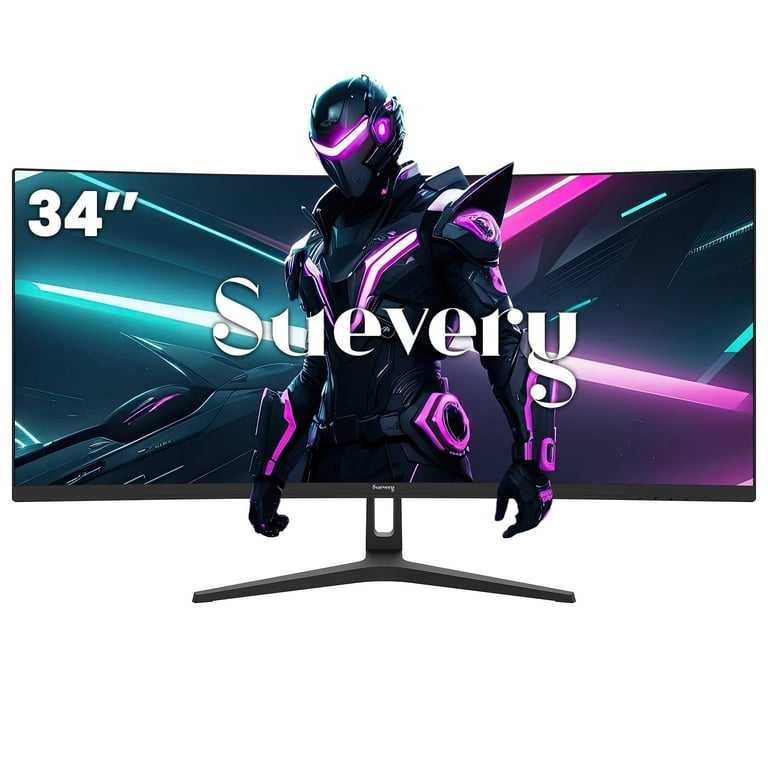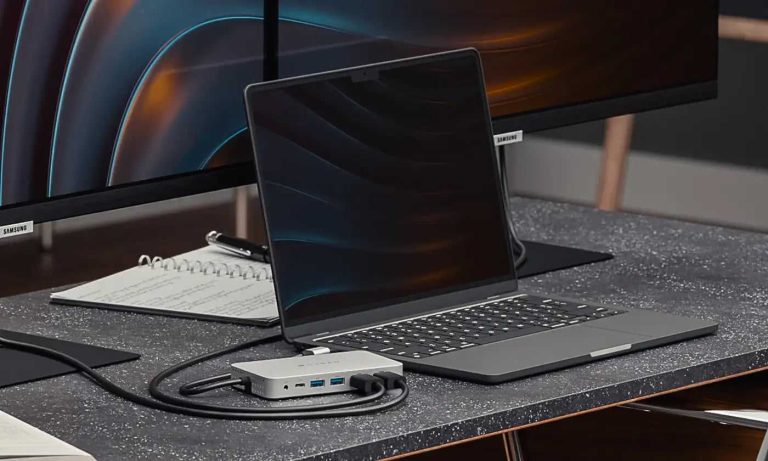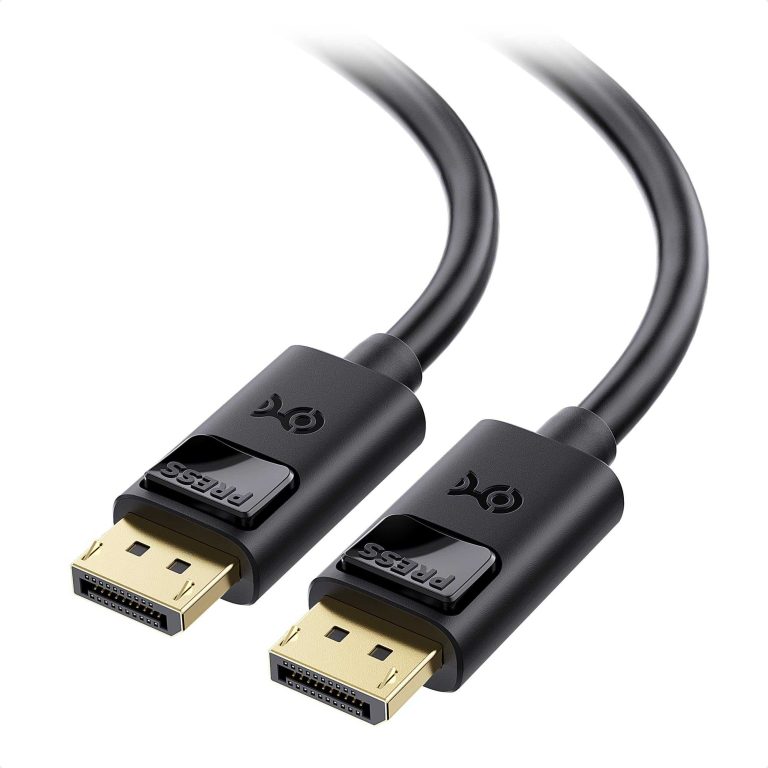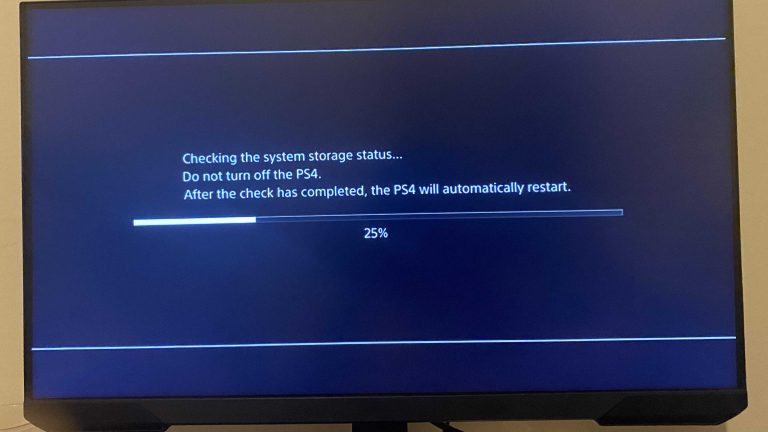Yes, curved gaming monitors can be mounted, but it depends on the monitor’s design and mounting options. Most modern curved monitors come with VESA compatibility, which makes mounting on a wall or arm straightforward. However, some models might have non-standard mounting patterns or restrictions, so it’s essential to check your monitor’s specifications before proceeding.
Curved gaming monitors are popular for their immersive experience, but many gamers wonder if they can be mounted to save space or create a cleaner setup. The good news is that most curved monitors designed with VESA compatibility can be easily mounted using standard brackets and arms. This not only enhances visibility and comfort but also allows for flexible positioning. Knowing whether your monitor supports mounting and choosing the right hardware can make a significant difference in your gaming setup, ensuring both style and functionality are maximized.
Can Curved Gaming Monitors Be Mounted? An In-Depth Look
Understanding Curved Gaming Monitors
Curved gaming monitors are designed to wrap around your field of view, creating an immersive experience. Their curvature ranges from gentle to steep, measured in radii like 1800R or 1500R. This curvature helps reduce distortions at the edges and minimizes glare, making gameplay more comfortable.
Are Curved Monitors Mountable? The Basic Answer
Many curved gaming monitors are mountable, but it depends on the specific model. Most modern models come with VESA-compatible mounts, which allow you to attach them to monitor arms or wall mounts. However, some cheaper or older models might not support mounting options.
What is VESA Compatibility?
VESA compatibility refers to the standard mounting interface on monitors. It involves a set of holes on the back that fit standardized mounts. If your curved monitor has VESA mounting holes, you can use a variety of mounts or arms to position it as you prefer.
How to Check if Your Curved Gaming Monitor Supports Mounting
To determine if your monitor can be mounted, follow these steps:
- Look for VESA mounting holes on the back. These are typically four holes arranged in a square or rectangle.
- Check the user manual or product specifications from the manufacturer’s website.
- Measure the distance between the mounting holes to confirm size compatibility with mount brackets.
If your monitor lacks these features, mounting it may not be possible without modifications.
Advantages of Mounting a Curved Gaming Monitor
Mounting your curved gaming monitor offers several benefits:
- Increased desk space, freeing up room for accessories or other equipment.
- More ergonomic positioning, reducing neck and eye strain during long gaming sessions.
- Enhanced aesthetic appeal with a cleaner, more organized setup.
- Ability to create a multi-monitor gaming station with seamless angles and flexibility.
Types of Mounts Suitable for Curved Gaming Monitors
Choosing the correct mount depends on your preferences and monitor specifications. Here are common options:
Monitor Arms
Monitor arms provide adjustable height, tilt, and swivel options. They typically clamp onto the desk and support various weights and sizes. Some are specifically designed for curved monitors with larger screens.
Wall Mounts
Wall mounts attach directly to the wall, offering a sleek look and freeing up desk space. Ensure the wall mount is compatible with your monitor’s size and VESA pattern.
Ceiling Mounts
While less common, ceiling mounts suspend monitors and can be an effective choice for specialized setups or unique spaces.
Compatibility Considerations for Mounting Curved Monitors
Before mounting, verify compatibility:
- Size and Weight: Ensure the mount can support your monitor’s size and weight.
- VESA Pattern: Confirm the mount matches the VESA pattern of your monitor (common sizes include 75x75mm, 100x100mm, etc.).
- Curvature and Mount Adjustment: Larger or more pronounced curves might require adjustable mounts to avoid pressure on the screen edges.
Ignoring these factors can lead to instability or damage over time.
Potential Challenges When Mounting Curved Gaming Monitors
While mounting is often feasible, some challenges exist:
Limited Compatibility
Not all curved monitors have VESA mounting holes, especially budget models. Always double-check before purchasing a mount.
Size Constraints
Larger monitors might require heavy-duty mounts, which can be more expensive and harder to install.
Curvature Impact
A highly curved monitor may experience additional stress at certain mounting points, making proper support crucial.
Installation Complexity
Mounting large or heavy curved monitors can be tricky and might require professional installation for safety.
Best Practices for Mounting Curved Gaming Monitors
Follow these practices for a secure and functional setup:
- Use high-quality mounts rated for your monitor’s size and weight.
- Ensure the mounting surface is sturdy and capable of supporting the monitor plus the mount.
- Adjust the monitor’s position for optimal viewing angles to prevent neck strain.
- Consult the manufacturer’s instructions and guidelines during installation.
Proper installation not only prolongs the lifespan of your monitor but also enhances your gaming experience.
Alternatives to Traditional Mounting
If your curved monitor isn’t VESA compatible, consider options such as:
- Using a monitor stand designed for curved screens.
- Custom brackets or adapters, though they may require DIY modifications.
- Creative desk setups that incorporate adjustable stands or supports.
While these alternatives may not offer the same flexibility as mounts, they can still improve ergonomics and space management.
Investing in the Right Mount for Your Curved Gaming Monitor
Choosing a mount involves considering your room size, setup preferences, and monitor specifications. Make sure to:
- Read user reviews for stability and ease of installation.
- Check the mount’s compatibility with curved screens specifically.
- Prioritize adjustable mounts to customize your viewing experience.
This investment can significantly improve your gaming setup’s comfort and functionality.
Additional Tips for a Perfect Mounting Experience
To finalize your setup:
- Measure your space and determine the best height and angle for your monitor.
- Regularly check the mount’s stability and tighten fittings as needed.
- Use cable management clips to keep cords organized and accessible.
- Test the setup from different angles to ensure maximum comfort.
These small steps ensure a safer and more enjoyable gaming environment.
Related Topics
Exploring related topics can enhance your gaming setup:
- Best monitor arms for large displays
- How to improve ergonomic setup for long gaming sessions
- Difference between flat and curved monitors for gaming
- Guide to choosing the right monitor size and resolution
Understanding these areas can help you customize your gaming station even further.
In summary, many curved gaming monitors are mountable, especially those with VESA compatibility. Carefully verify your monitor’s specifications and select the appropriate mount for a secure, adjustable, and space-saving setup. With the right knowledge and tools, you can enjoy a comfortable, immersive gaming experience while maintaining a clean and organized desk.
Can Curved Gaming Monitors Be Wall-mounted? – Video Gamers Vault
Frequently Asked Questions
What types of mounting options are compatible with curved gaming monitors?
Curved gaming monitors typically support standard mounting options such as VESA mounts. Most modern curved monitors have VESA mount compatibility, which allows users to attach them to adjustable arms or wall mounts. Before mounting, check the monitor’s specifications to ensure it supports the VESA pattern and weight capacity suitable for your setup.
Can mounting a curved monitor affect the viewing experience or image quality?
Mounting a curved monitor generally enhances the viewing experience by reducing glare and providing a more immersive perspective. Proper mounting ensures the screen remains stable and at an optimal viewing angle, preventing distortion or uneven display. However, ensure the mount positions the monitor correctly to avoid any strain or reflections that could impact image quality.
Are there any risks of damaging a curved monitor when mounting it?
Mounting a curved monitor improperly can pose risks such as damaging the screen or damaging internal components. Always use mounts compatible with your monitor’s size and weight. Follow the manufacturer’s instructions carefully, and avoid overtightening screws or applying excess pressure, which could cause deformation or cracks.
Is it necessary to use a specialized mount for curved monitors?
While many curved monitors are compatible with standard VESA mounts, some models may require specialized mounts designed to accommodate their curvature or weight distribution. Check the monitor’s user manual or specifications to determine if a specific mount is recommended or required for safe installation.
Does the curvature of the monitor impact the choice of mounting height?
Yes, the curvature influences the optimal mounting height. To maintain an immersive viewing experience and reduce neck strain, position the monitor so that the top of the screen is at or slightly below eye level. Adjust the mount to ensure the curve is centered in your natural line of sight for consistent image quality and comfort.
Final Thoughts
Curved gaming monitors can be mounted, but it depends on the VESA compatibility. Many models come with VESA mounts, making installation straightforward.
Check your monitor specifications before mounting to ensure it supports the necessary fittings. Proper mounting enhances your gaming experience by providing better ergonomics and reduced strain.
In conclusion, can curved gaming monitors be mounted? Yes, they can, provided they have VESA compatibility. Verify your monitor’s features and choose the right mount for a secure setup.

With experience in IT support and consumer technology, I focus on step-by-step tutorials and troubleshooting tips. I enjoy making complex tech problems easy to solve.





